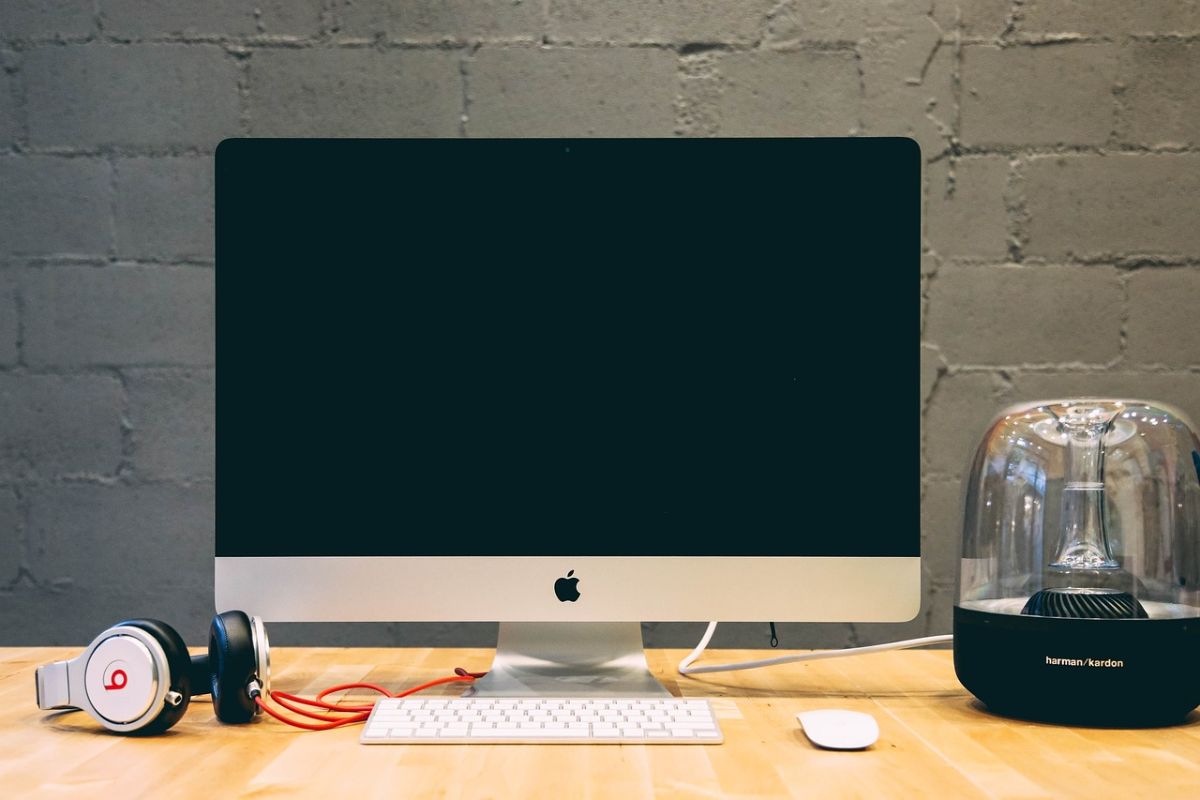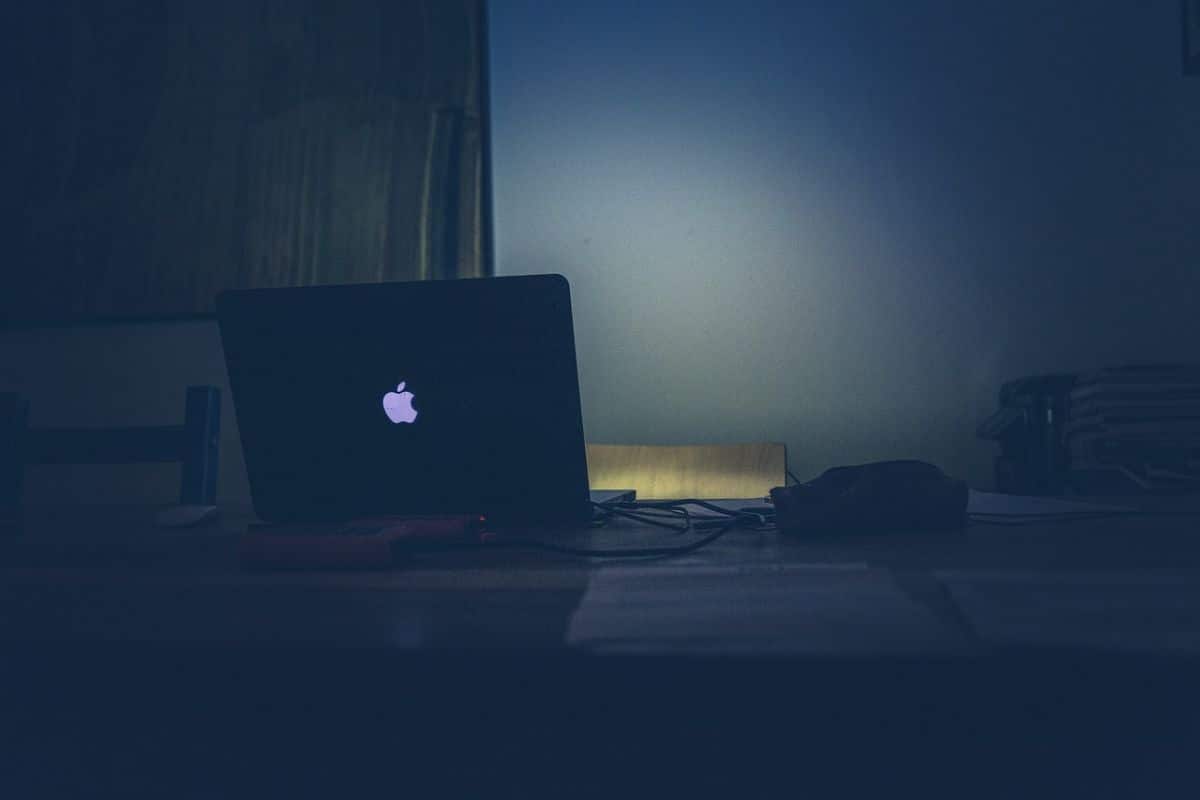
If you work as a creative, surely your computer and screen will be the two elements with which you spend the most time. And it is very important to have them configured in such a way that it helps you in your work, and not the other way around. So, have you ever wondered how to configure your computer screen to get the most out of it?
Often, when we buy the screen and place it, the default configuration is not optimal for us. So, how about we help you calibrate it so that it works for you if you work as a creative, designer or even as a copywriter.
The two calibration methods you should know

Calibrating a screen is not difficult. But there is a big difference between calibrating it for a user and for a professional. If you have invested in a professional monitor, what you will want is to get the most out of it and for the calibration to be professional as well. But this cannot be achieved with free tools alone.
In other words, when calibrating we can:
- Use free tools to do it and get good performance.
- Choose to invest a little more and buy qualified and professional products that include more factors to get the most out of the screen (many use a colorimeter, which is placed on the screen to identify colors fairly accurately). The problem is that this technology is usually not cheap. But if you do take a chance, keep in mind X-Rite and Datacolor as very good brands, and SpiderXPRO and Calibrite Color Checker Display Pro as not too pricey and good.
The most important elements to calibrate a screen

Before talking about tools to calibrate, we have thought that it is important that you know what are the most important elements that you must take into account to calibrate the monitor.
In this sense they are the following:
Brightness and Contrast
To make it clear, keep this in mind:
- Brightness is the value that tells the monitor how to render darker colors.
- Contrast is the value that shows the difference between the darkest blacks and the brightest areas. Normally it is at least 0,3%.
Color temperature
Color temperature is the shade of white in an image. On monitors, this temperature can be warm if it is below 3300 Kelvin, cold if it is between 5000 and 6500; and neutral if you keep it between 3300 and 50001 Kelvin.
Sharpness
Sharpness can be defined as the precision in which you can see the separation between dark and light areas. The sharper you are, the easier it will be to see those gaps, but if you go too far, then you will notice that the images generate a lot of noise, and they will not look good.
Therefore, this value must be balanced to avoid problems on either side.
Gamma correction
We can define it as the ability to recover information from the brightest and darkest areas of the image.
white saturation
In this case, it focuses on knowing what the intensity or hardness of the colors is. On monitors this cannot be changed directly, but indirectly through contrast and gamma correction.
Motion blur
Finally, we have motion blur, which occurs when we see an object that is moving very fast, causing halos, flares or even missing edges.
Tools to calibrate a screen for free

If you prefer to save money and not buy any professional equipment, then you can use a series of free tools to easily calibrate a screen. It is true that they will not have the precision of a professional tool, but they will still come in handy.
But before using any of the ones that we are going to propose, it is important that you leave the screen on for between 30 minutes and an hour. The reason is because this way you may have entered "heat" and it will also be much more precise when configuring it.
However, you should also leave a series of settings prepared before starting with the tools. Specifically:
- Put the default profile on the monitor (you can find that in the OSD menu).
- Set the brightness to 50%.
- Contrast at 50%.
- Remove dynamic contrast.
- Set the monitor to the maximum supported resolution.
These are the starting point, it will not stop there, but it will help to easily calibrate a screen.
And now, it is the turn of the tools. But again we leave you a warning. And it is possible that you decide to pass them all, and in each one of them you will obtain differences. It's normal, so don't get frustrated. Our recommendation is that you choose one or two and keep an average of what you get. This way you will at least calibrate it and at the same time you will customize it (because you must also come into play to know if you want the monitor in one way or another).
Windows Calibration Tool
If you have Windows 10 on your computer, then put “calibrate screen color” in the search engine. You will get an option so press.
You will get a very simple tool that has gamma, brightness, contrast and color balance adjustments.
It will automatically calibrate everything and let you see the difference between the settings it started with and the new one, so you can see how everything has changed.
If you accept it, click ok and that's it.
lagom
Another of the free tools that you can use is Lagom. It is more advanced than the previous one and many experts recommend it because in each test you have a tab to see how everything evolves.
With it you can calibrate the contrast, brightness, viewing angles and sharpness, enough to customize it and above all get it to work perfectly.
photo friday
If you dedicate yourself to photography, then we would tell you to use this application so that your screen is calibrated with values that are important for photography.
In this case, this tool focuses mainly on brightness and contrast. You will have to ensure that there is not much light in the room (so that there are no flashes) and pressing the F11 key to make it full screen starts the test to calibrate.
Online Monitor test
Let's go with another of the free tools to calibrate a screen. In this case it will only be the color and the brightness, but it is not a bad idea to use it.
In addition, you should keep in mind that it can also detect if there are light leaks (it may be detected as "bleeding"). And it is a common problem, especially in IPS screens that are low or medium range.
Monitor Calibration and Gamma Assessment
As its name indicates, it is in charge of calibrating all the gamma levels of the monitor. And even if you don't believe it, it is very important to take it into account because it will be what gives us a better or worse representation of the real colors.
If it serves as a reference, the recommended values should be between 1,8 and 2,2.
With this you will be closer to calibrating a screen correctly. Have you ever thought of it this way?